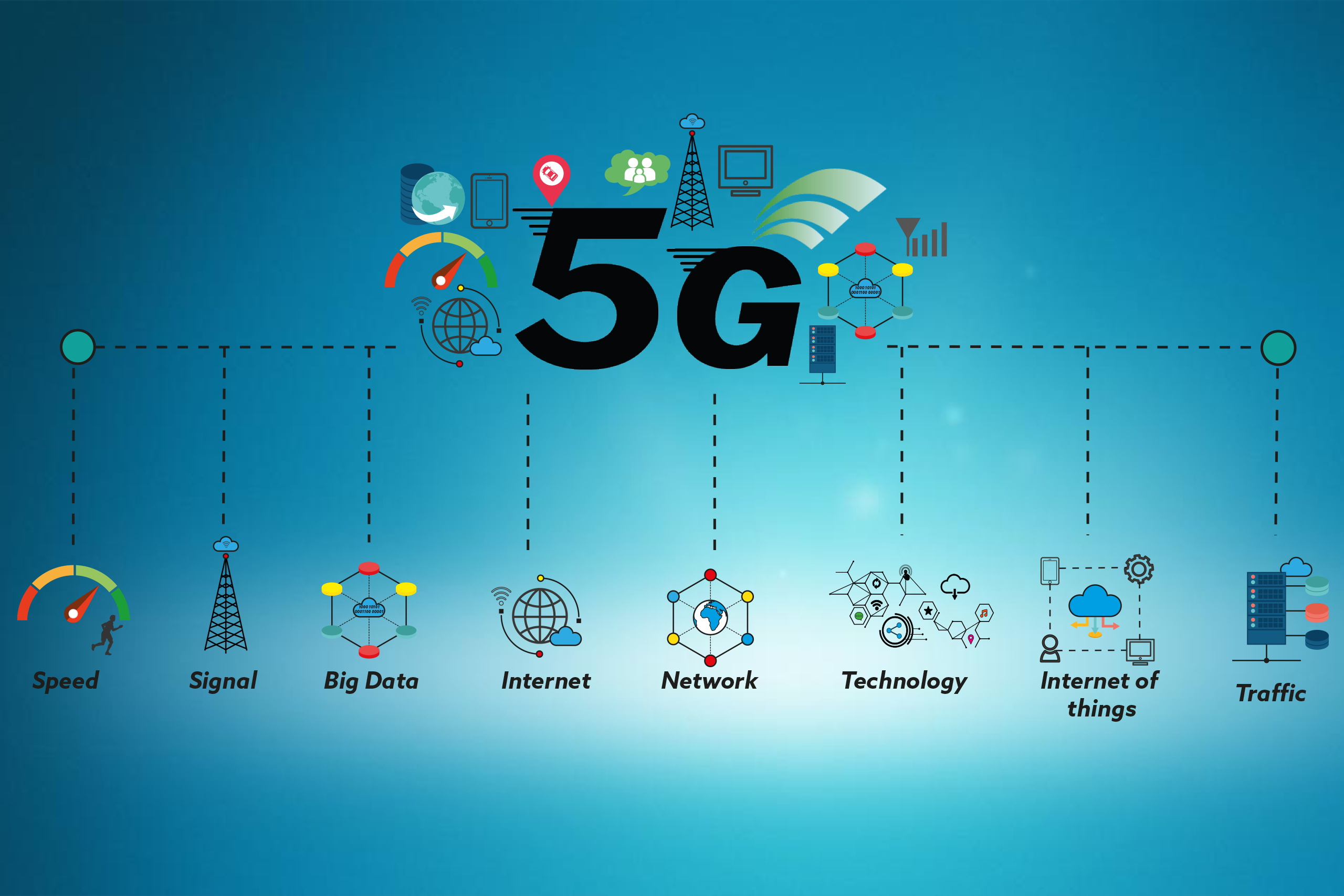3.4.1. Beamforming Techniques:
To facilitate Beamforming, the radiating elements are arranged in such a way that the beams in a specific direction are added and other beams are neglected. This can be accomplished using a finite impulse response (
FIR) filter. There are two classifications of beam forming:
- Adaptive array systems
- Switched beam systems
To give seamless service experience, the beam is steered for each user, which means that the beam follows the user wherever they go. This is achieved by changing the phase of the signal at the radiating elements. The phase shifting allows the signal to be targeted at a specific user.
- Adaptive array systems have the arrangement to form a single beam for each user. In this system the phase and amplitude of the signal is adjusted using weight vectors that are applied by adaptive array processors.
- Switched beam systems, the beams are predefined as a result of fixed beam forming networks. It requires a switching network so that the user switchover can happen from a weaker beam to the stronger beam.In this arrangement there is more than one mobile which can be served by a single beam.
The diagram below depicts both types of beam forming systems.

